오늘의 한마디
Europe (서연, 수연, +)
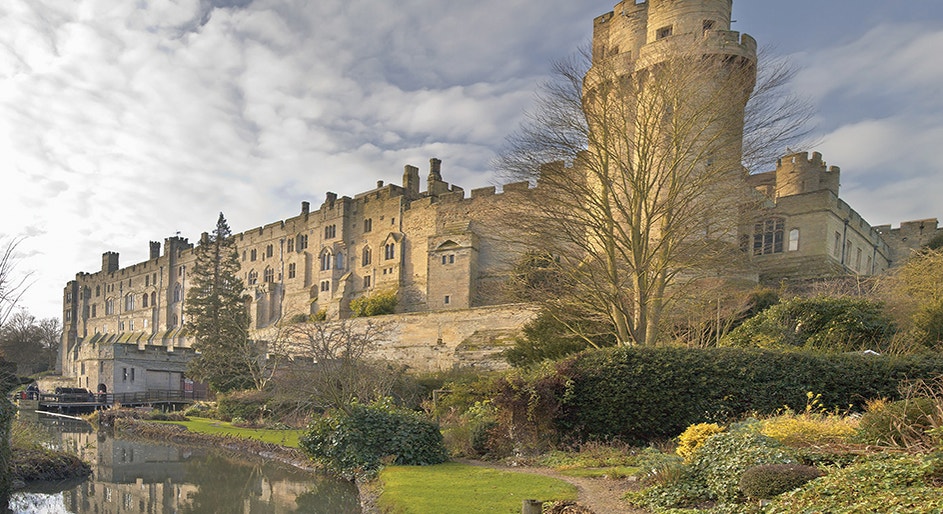
Europe is one of Earth's seven continents. It is smaller than every other continent except Australia, but only Asia and Africa have more people. There are 49 countries in Europe. Russia, the largest country in the world, extends across eastern Europe and into Asia. Vatican City, the world's smallest country, is also in Europe. Other countries in Europe include France, Germany, Greece, Ireland, Italy, Poland, Spain, Sweden, Switzerland, and the United Kingdom.
Facts in brief about Europe
Land
The famous Alps and other high mountains rise in Europe. Other parts of Europe have smaller mountains and high, flat areas of land called plateaus. Forests cover some of those areas. A plain of rich, flat land and rolling hills stretches across much of northern Europe from the Ural Mountains in Russia to the Atlantic coast. Europe also has many rivers and lakes. Thousands of islands lie off the west coast of Europe in the Atlantic Ocean and to the south in the Mediterranean Sea.
Foxes, wolves, rabbits, and deer live in many parts of Europe. Many of Europe's wild animals live in areas that are hard for people to reach, or they are protected in zoos or parks. Brown bears live mostly in Russia. Europe has many kinds of birds. Fish are plentiful in the seas off the coasts of Europe.
People
About 730 million people live in Europe. These people belong to many different groups. Each group has people who speak the same language and share the same history, religion, and way of life.
Some people in Europe live in the countryside and work on farms. Other people live in the cities in modern houses and apartment buildings. Europe has many big cities with schools, stores, hospitals, and churches. Some cities are crowded. Many people have moved from the countryside to the cities to look for jobs.
Resources and products
More than half the land in Europe is used for farming. Many families have their own farms, but some people work in groups on huge farms. They share the crops they grow. More oats, potatoes, and wheat are grown in Europe than on any other continent. Other important crops include beans, corn, fruit, olives, and peas. Farmers in most parts of Europe raise cows, pigs, sheep, and chickens for meat. People in Europe eat a lot of fish.
Europe has many minerals. Miners dig for coal and for metals such as iron ore, lead, silver, and zinc.
Europe's factories make more products than those of any other continent. Many kinds of cars are made in Europe. Europe is a leading region for world trade, banking, research, and education.
Facts in brief about Europe
Area: 4,032,000 mi2 (10,444,000 km2). Greatest distances—east-west, about 4,000 mi (6,400 km); north-south, about 3,000 mi (4,800 km). Coastline—37,887 mi (60,973 km).
Population: Current estimate—730,332,000; density, 181 per mi2 (70 per km2).
Elevation: Highest—Mount Elbrus, 18,510 ft (5,642 m) above sea level. Lowest—shore of the Caspian Sea, 92 ft (28 m) below sea level.
Physical features: Chief mountain ranges—Alps, Apennines, Balkans, Carpathians, Caucasus, Pyrenees. Chief rivers—Danube, Don, Elbe, Rhine, Rhône, Seine, Volga. Chief lakes—Caspian Sea, Ladoga. Chief islands—Balearic Islands, Corsica, Crete, Faroe Islands, Great Britain, Iceland, Ireland, Malta, Sardinia, Sicily.
Number of countries: 49.
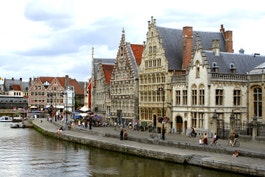
Many European cities have charming old sections, such as this one in Ghent, Belgium.
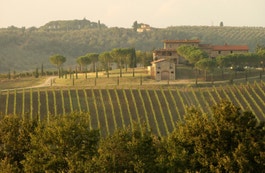
Fertile farmland covers over half of Europe. This picture shows the grape-growing region in Tuscany, Italy.
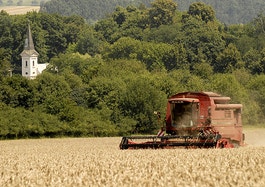
Grain harvest in Slovakia
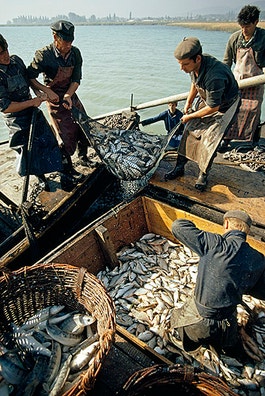
Fishermen in Hungary
Europe. (2020). In World Book Kids. Retrieved from tttps://www.worldbookonline.com/kids/home#article/ar830856
